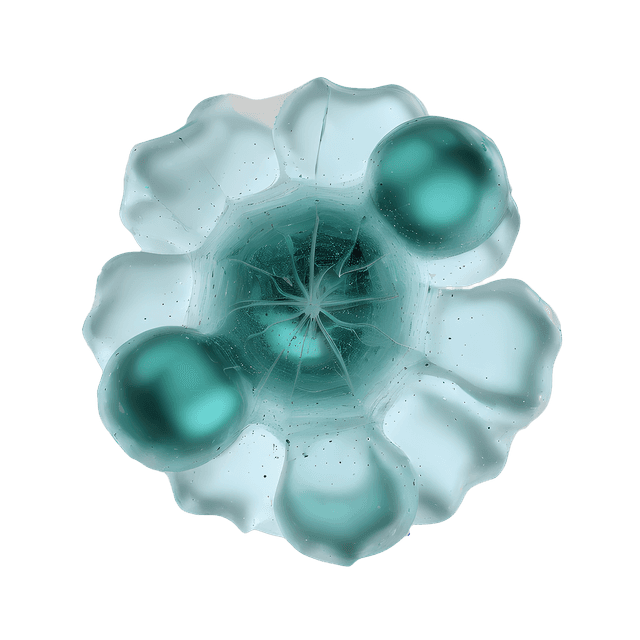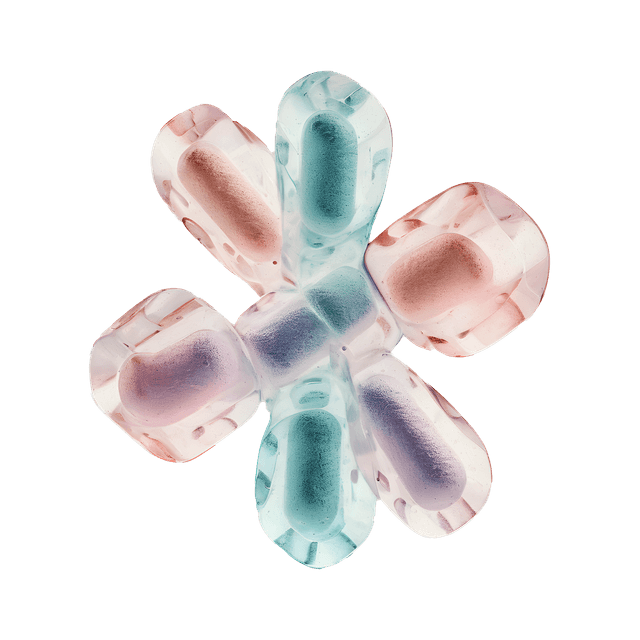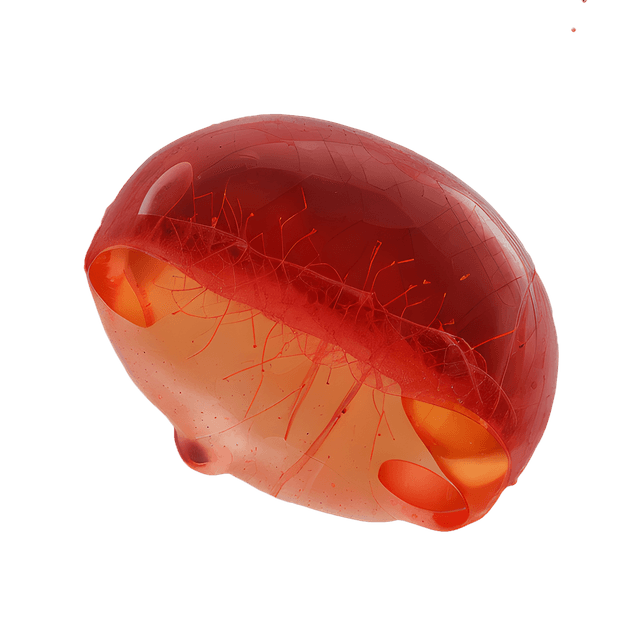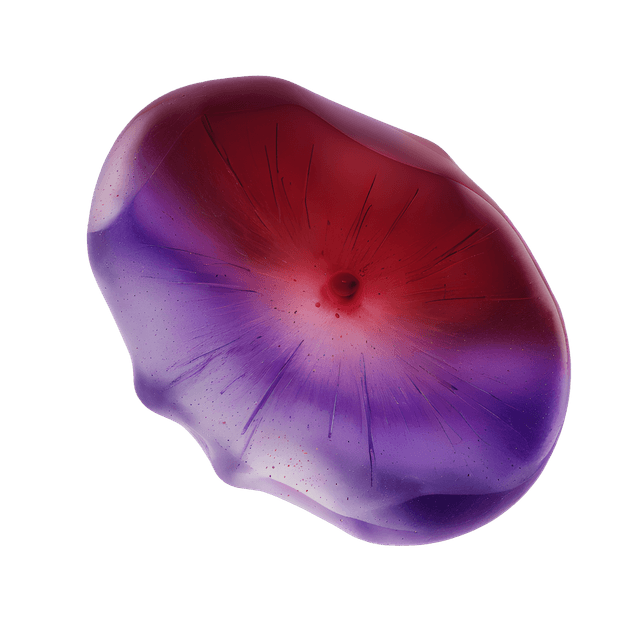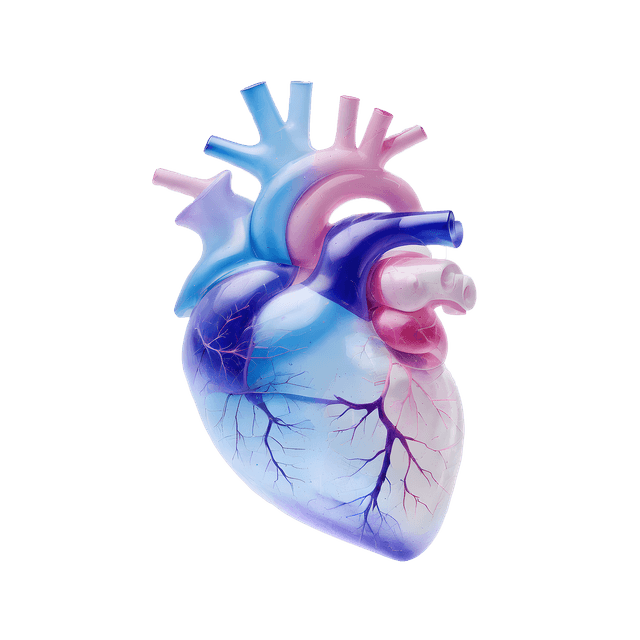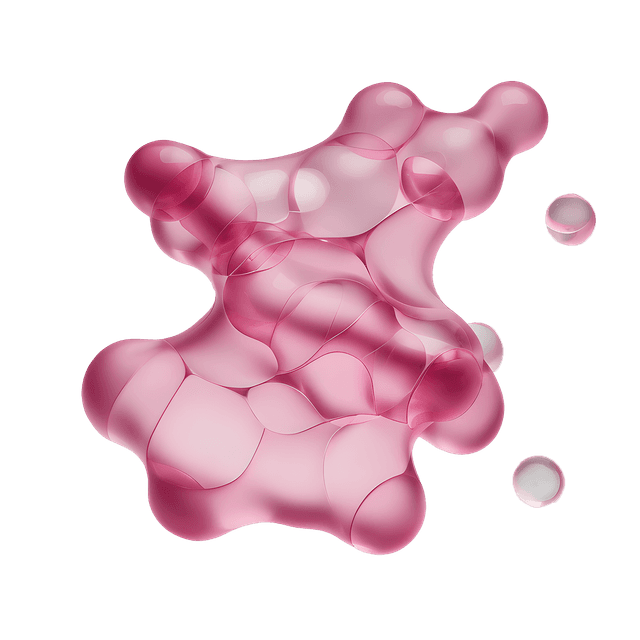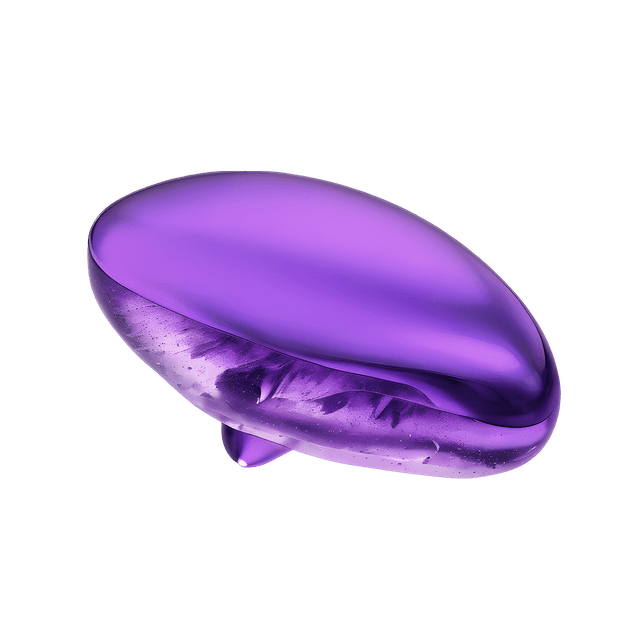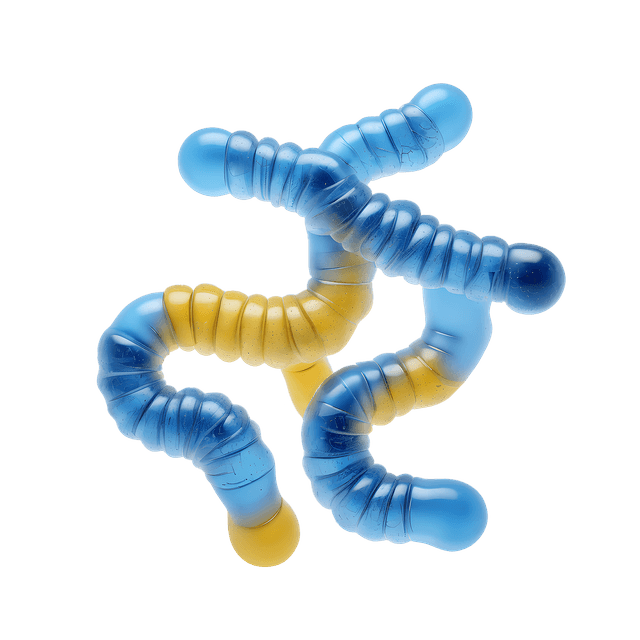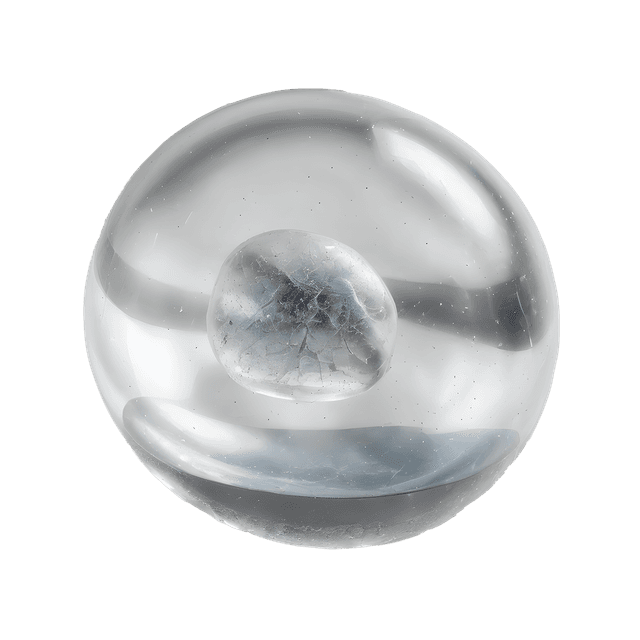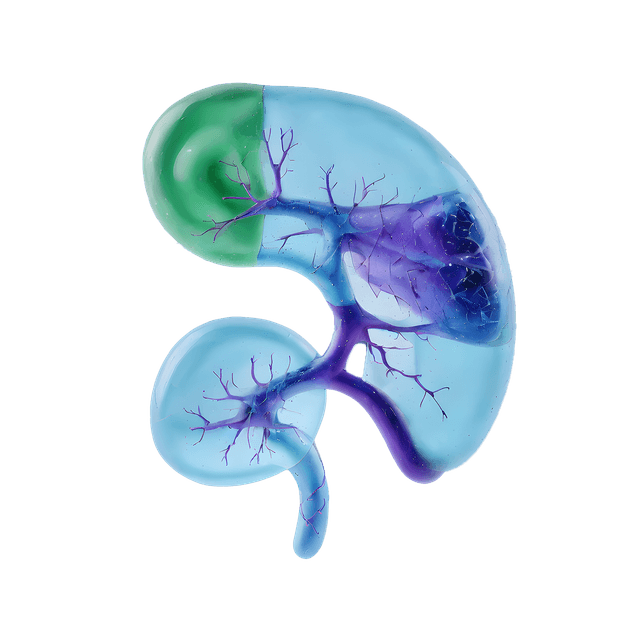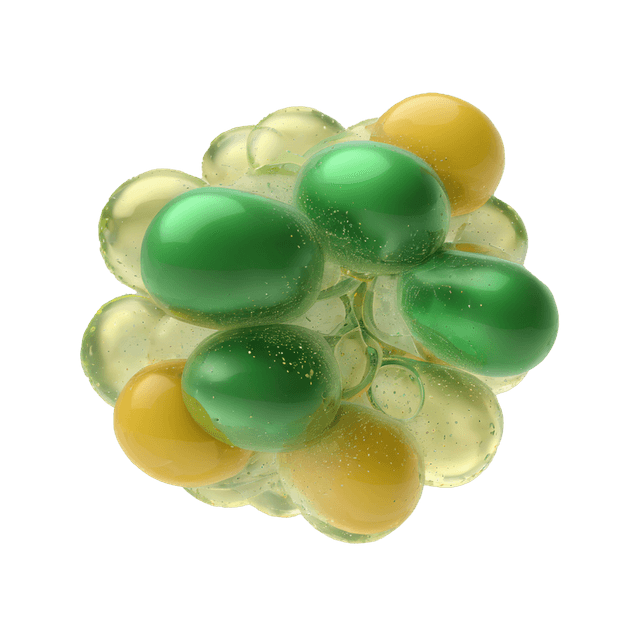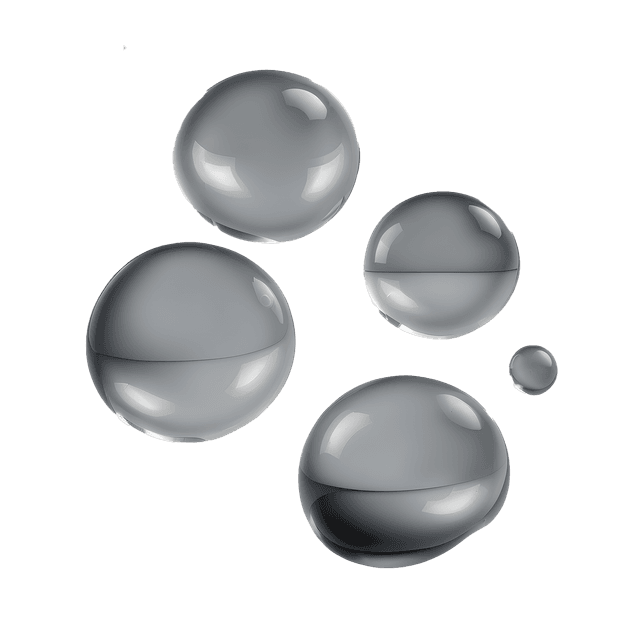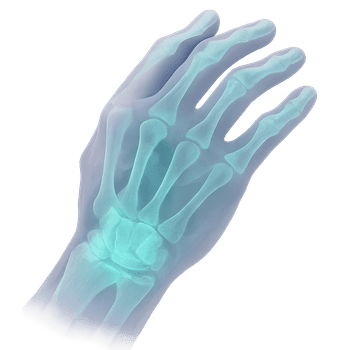Quick version
The wrist is an important joint for the function of the hand and can be affected by several common conditions that require examination and treatment.
- Connects the forearm to the hand
- Consists of several bones, tendons and nerves
- Enables complex hand movements
- Common complaints include pain, swelling and numbness
- Often diagnosed with clinical tests and imaging
What is the wrist?
The wrist, or carpus, is the joint between the forearm bones (radius and ulna) and the eight small carpal bones of the hand. It allows for flexion, extension, and lateral bending, making it central to most hand movements.
Anatomy and structure
The wrist joint consists of several small bones (carpal bones), ligaments, tendons, and nerves. Together, these create a stable but mobile structure. The most important bones include the scaphoid, lunate, and triquetrum.
Function and movements
The wrist joint allows for movements that can bend (flexion), stretch (extension), bend inward and outward (radial and ulnar deviation), and some rotation. These movements are crucial for grip and precision.
Nerves and blood supply
The nerve supply comes mainly from the median, ulnar and radial nerves. The blood supply is through branches from the radial and ulnar arteries.
Common conditions and diseases
Pain in the wrist can be due to overload, inflammation or injury. Common conditions are carpal tunnel syndrome, wrist osteoarthritis, tendonitis and sprains.
Examination and diagnosis
Diagnosis is made through physical examination, history and often imaging diagnostics such as X-rays, ultrasound or MRI of the wrist. If nerve entrapment is suspected, tests such as the phalanx and tinel's tests are used.
Relevant symptoms
- Pain with movement or at rest
- Swelling around the wrist
- Numbness in the hand and fingers
- Reduced grip strength
- Clicking noises or instability
Related conditions and diagnoses
- Carpal tunnel syndrome
- Wrist osteoarthritis
- Sprain (distortion)
- Ganglion (tendon knot)
- De Quervain's tendinopathy (tendon sheath inflammation)




